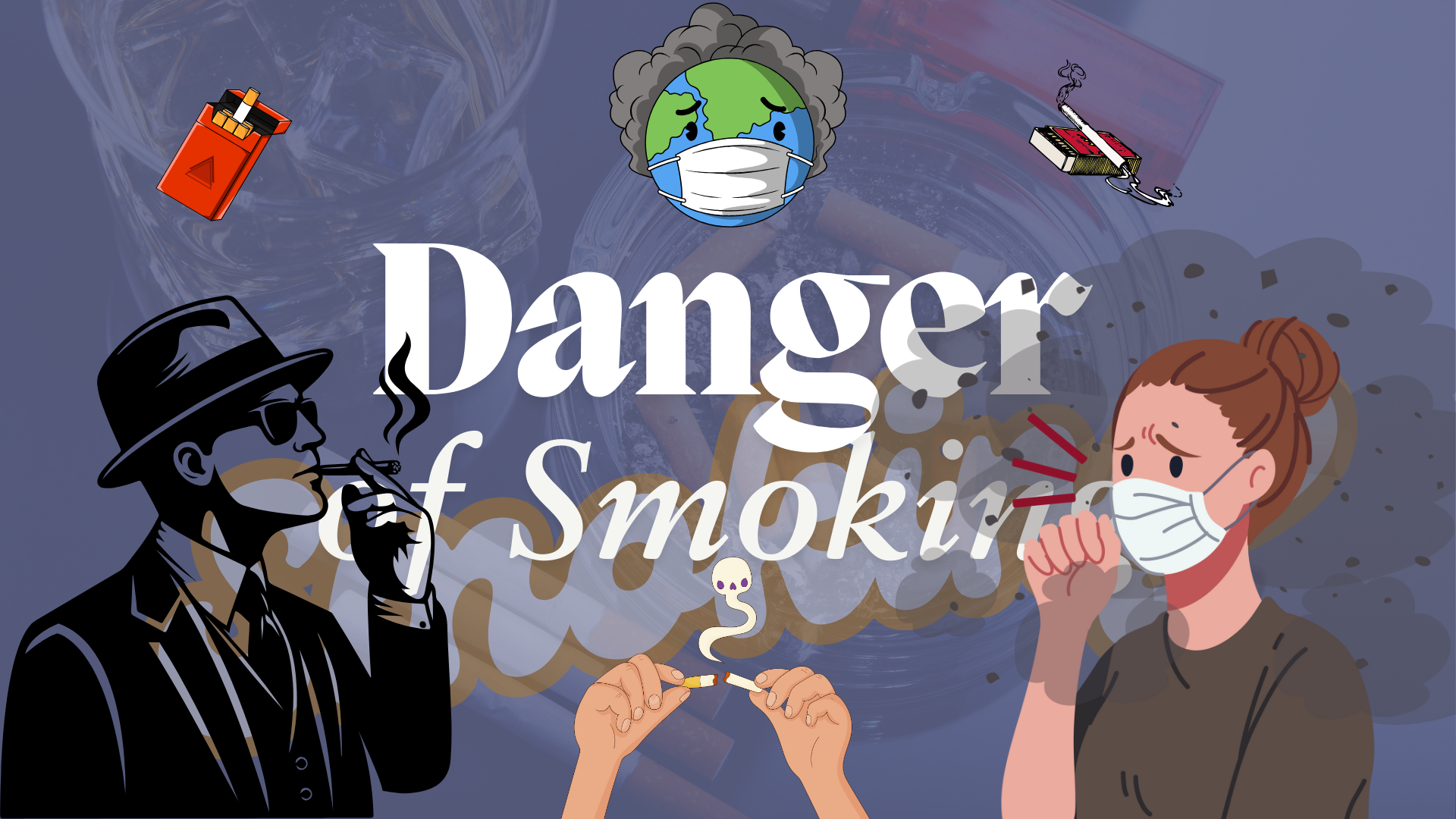
Introduction
The harmful effects of cigarette smoking and exposure to cigarette smoke have been the focus of numerous health studies over recent decades. Tobacco smoke, containing nicotine—an active but harmful compound—has been shown to drastically increase risks for a variety of cancers, heart disease, and respiratory conditions. Furthermore, the dangers of passive smoking, or second-hand smoke, have become a significant concern, leading many health agencies to classify it as a high-risk factor for cancer and other diseases. Evidence from various studies, including recent findings from researchers at the University of California, San Francisco (UCSF), continues to emphasize the severe health risks associated with both active and passive smoking.

1. The Dangers of Cigarette Smoke
Discovered in the early 1800s and named nicotianine, nicotine is the primary active component of tobacco and one of many toxic elements in cigarette smoke. However, nicotine is only one of over 4,700 chemical compounds found in cigarettes, including at least 43 known carcinogens. Scientific research in recent years has provided substantial evidence that smoking significantly raises the risk of developing fatal diseases. Cigarette smoking has been linked to over 85% of lung cancers and is also associated with cancers of the mouth, stomach, kidneys, and even 14% of leukemia and cervical cancers. Smoking-related deaths in 1990 exceeded 84,000 in the U.S. alone, with causes including pneumonia, bronchitis, and influenza, making smoking a critical preventable cause of cancer today.

2. Passive Smoking and Health Risks
The threat of passive smoking, inhaling the side-stream or exhaled smoke of others, is equally severe. In 1992, a report by the U.S. Environmental Protection Agency (EPA) highlighted the dangers of second-hand smoke, particularly side-stream smoke, which contains smaller particles that settle deeply in the lungs. Consequently, the EPA has classified environmental tobacco smoke as a Group A carcinogen, the highest risk category for cancer-causing agents. Studies show that, within married couples where one partner smokes and the other does not, the non-smoker has a 30% increased risk of heart disease. Lung cancer risk also rises significantly with prolonged exposure to a smoking partner. Notably, 17% of lung cancer cases are attributed to childhood exposure to second-hand smoke, underscoring the risks passive smoking poses from a young age.

3. UCSF Findings on Passive Smoke Impact
Further research by the University of California, San Francisco (UCSF) sheds light on the unique impact of second-hand smoke. Published in the Journal of the American Medical Association (AMA), the report reveals that passive smoke exposure may harm non-smokers more than smokers themselves, who adapt their cardiovascular systems over time to withstand continuous smoke exposure. The UCSF study critiques the belief held by tobacco-industry consultants that cigarette smoke impacts smokers and non-smokers similarly, arguing that such assumptions underestimate the dangers of passive smoke, which contributes to 30,000 to 60,000 deaths annually from heart attacks in the U.S.

4. Components of Cigarette Smoke and Their Effects
Health complications from cigarette smoke do not stem from a single substance but rather a combination of harmful chemicals. For instance, carbon monoxide competes with oxygen for binding sites in red blood cells, depriving the heart of oxygen. Nicotine and other toxins further activate platelets—small blood cells responsible for clotting—leading to increased blood clots and poor circulation. These compounds collectively worsen the cardiovascular and respiratory health of both smokers and those exposed to second-hand smoke.

5. Recommended Actions Against Passive Smoking
The UCSF report advocates for similar preventive measures against passive smoking as those implemented for AIDS and illegal drugs. The study suggests that establishing smoke-free environments in workplaces, schools, and public areas is one of the most effective and affordable ways to protect individuals from the dangers of second-hand smoke. Reducing public exposure to environmental tobacco smoke could drastically decrease the prevalence of smoke-related diseases and prevent a significant number of deaths each year.
Key Highlights
- Passive Smoking : Passive smoking is when someone breathes in tobacco smoke from another person’s cigarette, cigar, or pipe. It’s also known as secondhand smoke or environmental tobacco smoke.
- AIDS : Acquired immunodeficiency syndrome (AIDS) is the final stage of HIV infection. When HIV progresses to AIDS, the body’s immune system is severely damaged, making it difficult to fight off infections, illnesses, and certain cancers.
- HIV : HIV is a virus that attacks the body’s immune system, specifically the CD4 cells that help fight infection.





